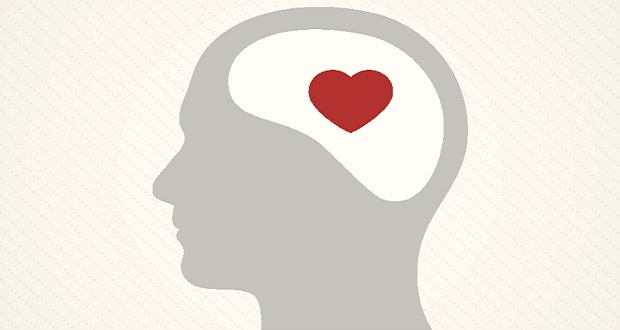
Emotional intelligence is the ability to perceive and manage the emotions of one’s self and others. And its much easier said than done. And it is equally difficult to study scientifically. In fact, organizational scholars are just starting to scratch the tip of the iceberg as to the role and importance of emotions at work. But we are undoubtedly emotional beings with the ability to sense our own feelings as well as those of others—even if the science hasn’t caught up with what we know intuitively. There are still many mysteries around how we navigate the emotional worlds we live in. How do we know for example that what we sense others are feeling isn’t just in our own heads in how we imagine them? Or how do we account for those times when we just “feel in a funk” and can’t quite find the words to describe how we’re feeling. Or those moments when we leave a large gathering and have a sense that the “room felt cold or lifeless?”
I recently finished a book, The Transmission of Affect, by philosopher Teresa Brennan which begins to unpack some of the mystery behind our experience of our own and others emotions. The book is admittedly dense and complex, but Brennan’s insight into our emotional intelligence is groundbreaking. Brennan challenges us to take seriously those seemingly hard to grasp—and harder to explain—moments of emotional contagion. The times when we “get a bad vibe” from someone or sense danger in a room are not just figments of our imagination or illusions of our own perceptions. Instead, she urges us to consider the possibility that emotions might actually operate more like odors in the way we can sense them, absorb them, and pass them on to others. In fact, the sense of smell is a central theme that she uses throughout the book to support her argument.
Brennan is thorough in referencing various scientific disciplines that point to this biological phenomenon in which we sense and transmit emotions. From primates who literally smell fear to humans who emit various pheromones that signal sexual attraction, Brennan wants to extend this reality to the realm of emotions. She suggests that there may be “odors” of anxiety, fear, joy, and love. On one hand, this may not be very surprising if you’ve experienced situations in which you felt someone’s presence rub off on you in some way—especially if you are high in emotional intelligence. But on the other hand, if Brennan’s suggestion that emotions literally infect our bodies—similar to how we absorb a virus—than this has far reaching implications for how we might think about psycho-social ailments, mental health, and emotional intelligence. She makes these connections in describing such conditions as depression, ADHD, and chronic fatigue syndrome, suggesting that these may be disorders that are as much social as psychological—coming as much from without as within.
Ultimately, Brennan’s book is a call to take emotions, and all of their physical symptoms, seriously. And to challenge us to think about the possibility that emotions are contagious, free floating, and both detrimental and liberating in their effects. On the ground, this means that your bad mood—that you may have little control over or even aware of—may be physically affecting those in your path. Equally, your joy and compassion may brighten someone’s day—and not just because they see you and are inspired, but because they have literally been infected by it. For emotional intelligence, and diversity and inclusion work specifically, this means listening more intently to what our physically bodies may be telling us about the people and places with which we work. As if this wasn’t challenging enough, add in the fact that our emotions and emotional reactions are very much a part of the cultural worlds that shape us.
Brennan’s scope is admittedly more narrowly focused on the effects of transmitting emotions, and not necessarily on where they come from. She does not fully take into account the times when our emotions may be produced solely in our own heads, like when our unconscious biases produce fear or anxiety in the presence of some Other. But her final point of application is relevant for living more inclusively and increasing in cultural competence. In short, if emotions are being absorbed and passed between our bodies then we should find new ways to improve our emotional discernment. For diversity and inclusion work, this means paying slower, sustained attention to what our bodies are telling us—for better and worse. When we feel a bodily sense of fear or anxiety in the presence of someone different than us, we should examine where those emotions are coming from—our biases, negative stereotypes, or lack of experience and familiarity? And if we take seriously that emotions can be passed along, our fear may be infecting someone else in ways that we can’t always see. Unlike older paradigms where the “head” controls the heart—mind over emotions–Brennan’s challenge suggests that our heart (and bodies) may have much more intelligent things to say than our rational minds. And if we want to be more emotionally intelligent, I think we should listen.


















